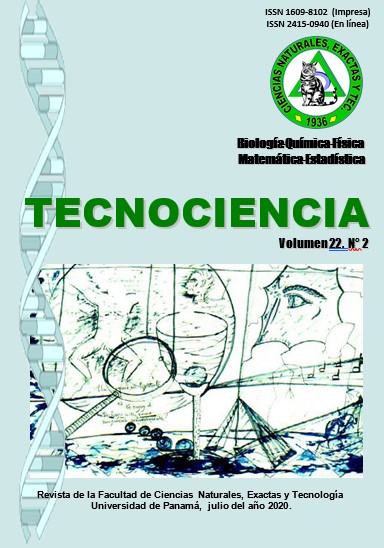

Sea turtles are reptiles of great antiquity, they have inhabited the earth for more than 110 million years, these species are threatened due to the increase of anthropogenic activities. The purpose was to corroborate the importance of Lagarto beach as a sea turtles nesting site and to determine the main anthropogenic factors that affect them. Data collection comprised August 2016 to February 2017, humidity, grain size and organic content, and censuses of females, tracks and nests were measured. A higher organic content (15.5 %) and humidity (9.0 %) were obtained in the upper zone where the greatest nesting occurred, with predominance of fine sand (0.125 mm) with 52.5 % and median (0.250 mm) with 39 % of the total. The olive ridley turtle (Lepidochelys olivacea) with 11 nests and 1,013 eggs and the green turtle (Chelonia mydas) with four nests and 398 eggs were identified. The olive ridley turtle obtained an average of 66.2 LCC, 66.9 ACC, 75.6 HE and 43.4 HI, while the green turtle with 95.6 LCC, 88.4 ACC, 94.0 HE and 47.9 HI. The main anthropogenic activities were found to be illegal egg extraction, coastal urbanization, and solid contamination.